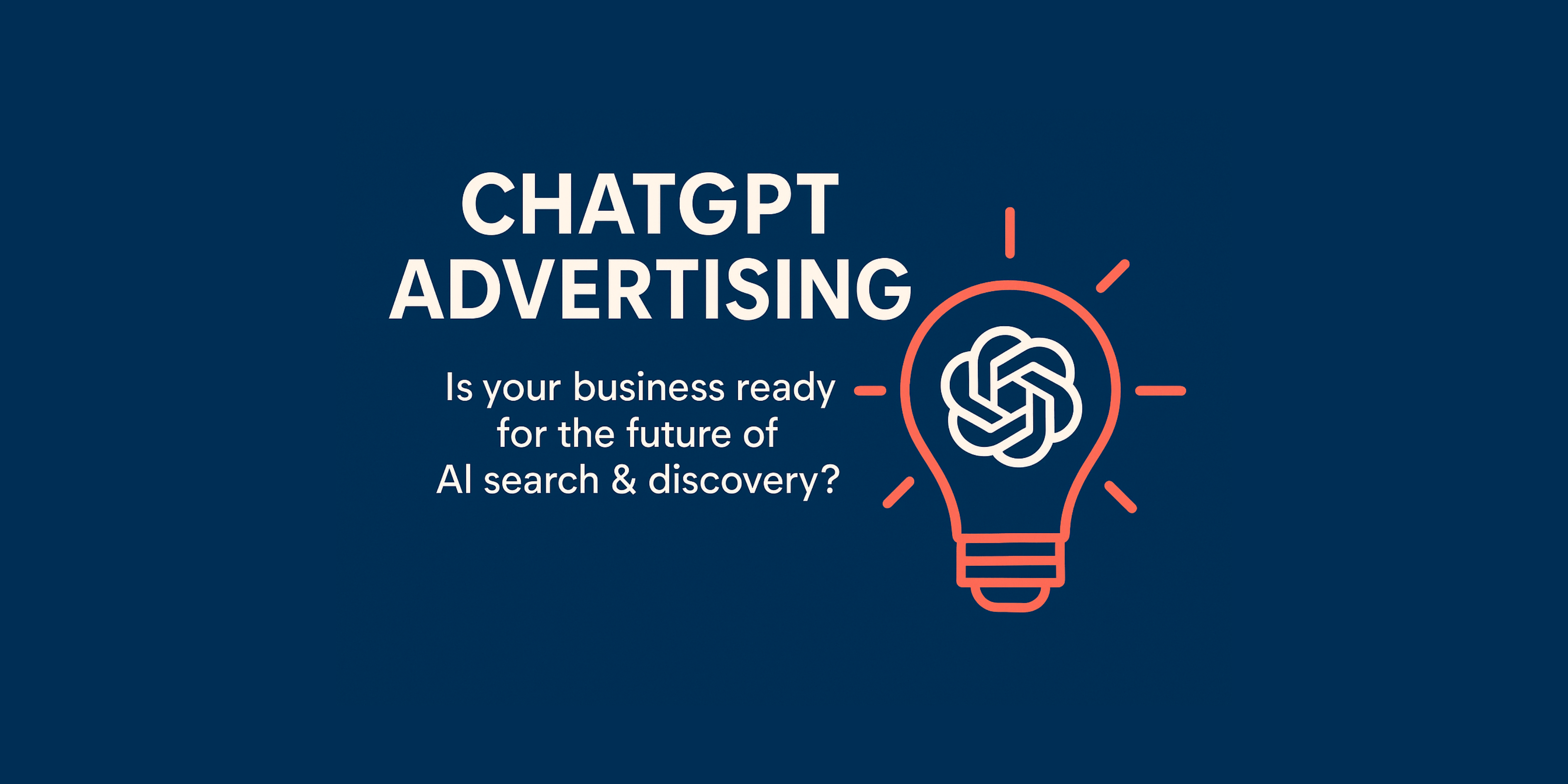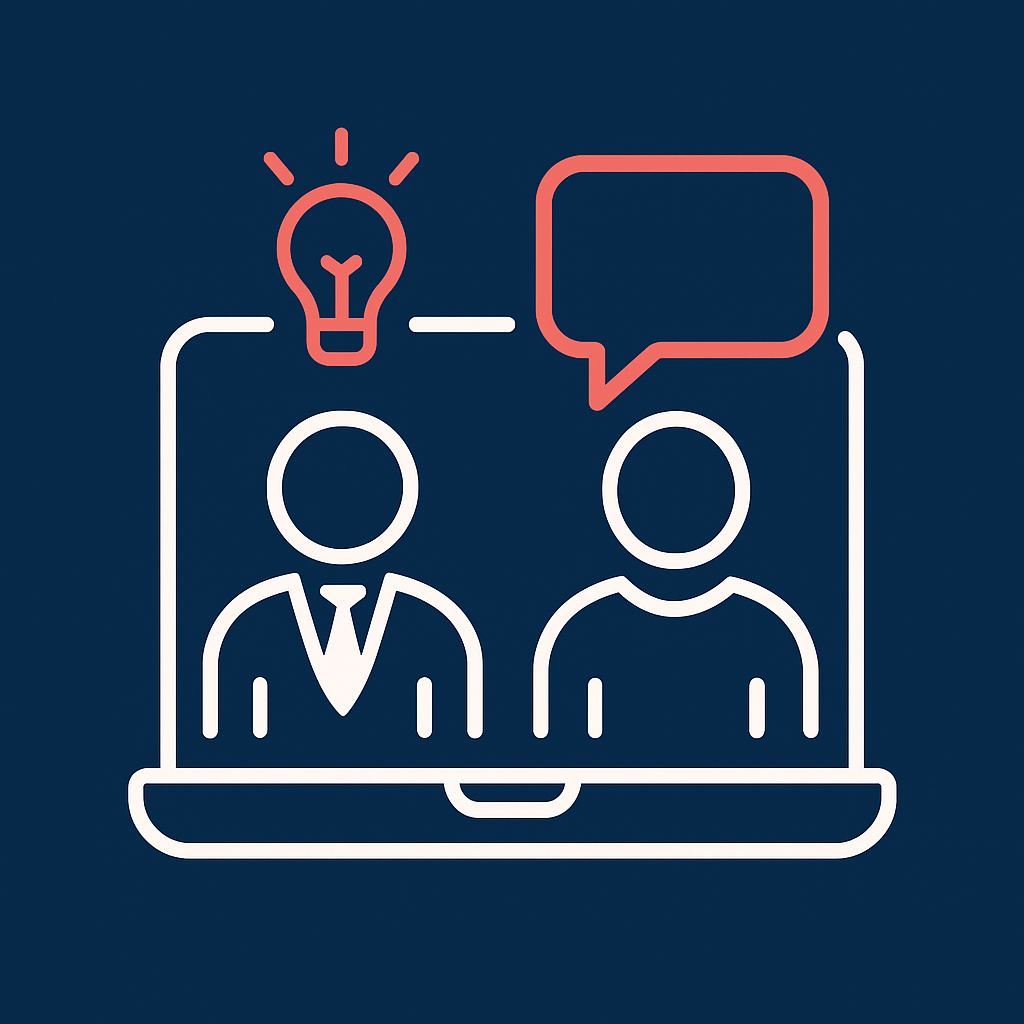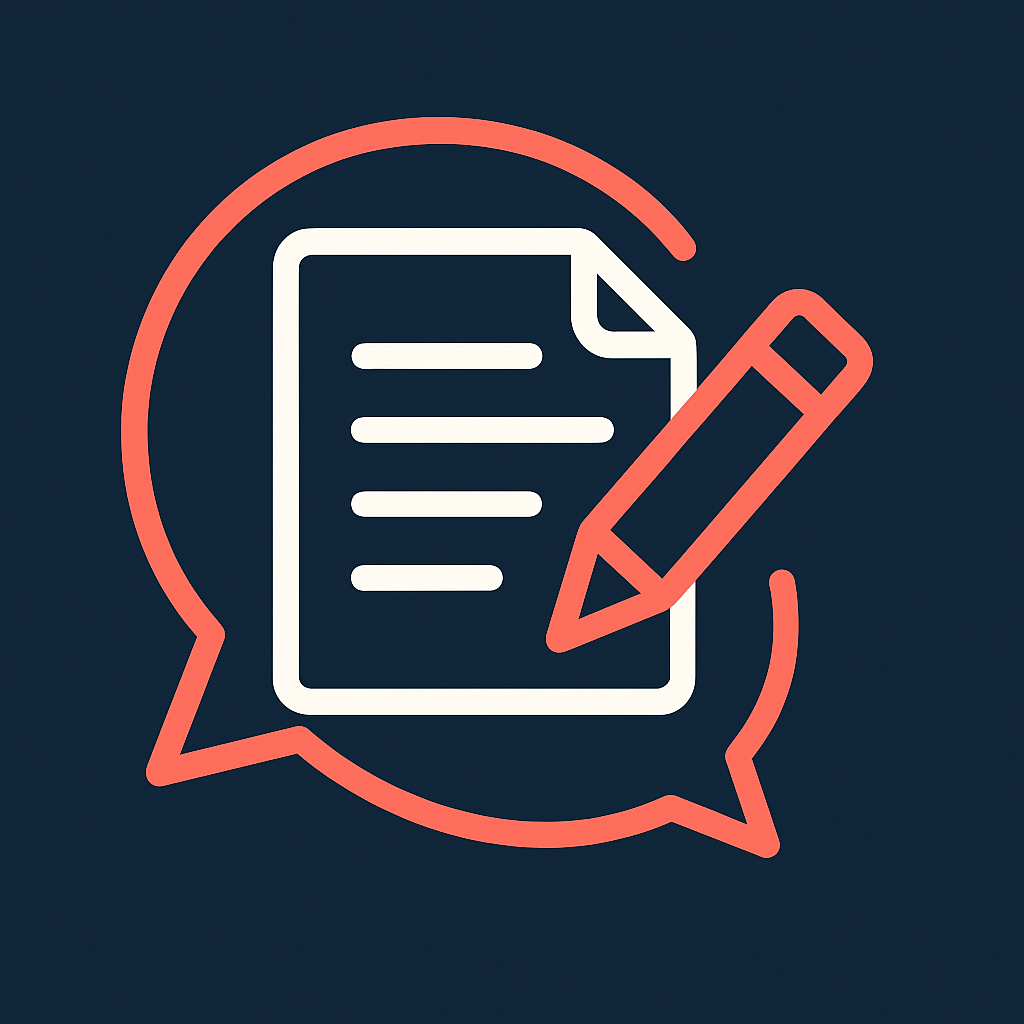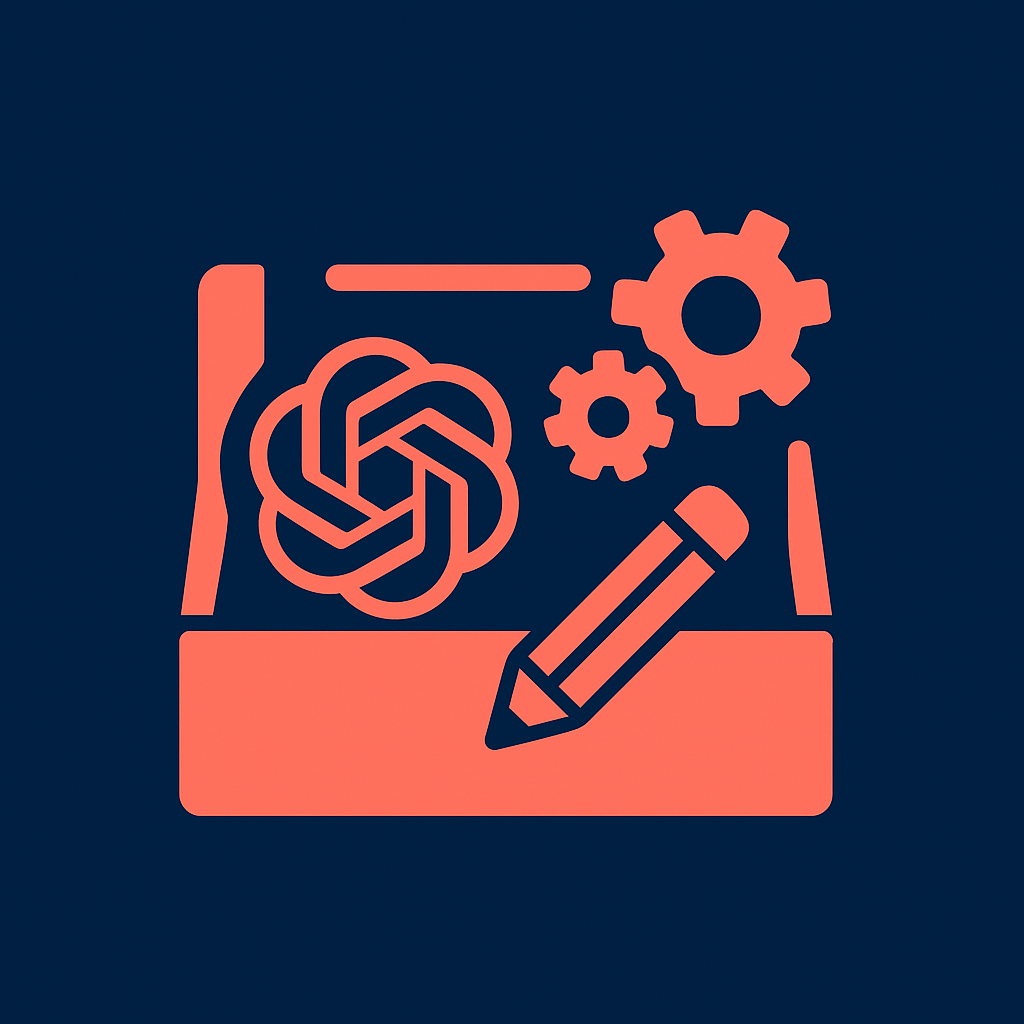
GPT-Ad-Ready
Be First to Advertise on ChatGPT — While It’s Still Affordable
GPT Ad Ready is a strategic 60-minute session designed to help you dominate the coming wave of GPT-5 advertising — before the big brands catch up.
The next frontier of digital marketing is here — and it’s powered by ChatGPT. With over 100 million users every week, GPT platforms are quickly becoming one of the most influential spaces on the internet. And soon, they'll become one of the most powerful ad platforms ever built.
We help businesses and brands get GPT Ad Ready now — positioning you to capture attention, generate leads, and drive conversions through AI-native advertising.
Why GPT-5 Advertising Is a Game-Changer
Hyper-contextual ads based on user prompts and intent
Unmatched trust and attention: users see GPT as an assistant, not a seller
Billion-user ecosystem: (OpenAI, Microsoft, ChatGPT, Copilot, and more)
First-mover advantage: early ads will be cheap, conversational, and high-converting
Ad inventory will be auction-based: just like Google and Facebook were… until they weren’t
Book Your GPT Ad Ready Strategy Session
Unlock the power of AI-native advertising before the competition catches up. In this 60-minute strategy session, you’ll get a full GPT-5 readiness audit, tailored ad scripts, and a roadmap to win the next era of discovery and search.
Intro Offer: $750 + GST
(Valued at $1,200)

60 minute
Strategy Session
A structured, high-impact Video session covering:
AI Readiness Audit
- Review of existing brand messaging, tone of voice, and content assets
- Analysis of how well your business is positioned for AI-driven discovery and interaction
Ideal Customer Prompt (ICP) Mapping
- Identify 3–5 real-world prompts your target customer might ask ChatGPT
- Define your GPT ad context, use cases, and value triggers
Positioning for GPT-Native Advertising
- Build a conversational positioning angle that feels natural in GPT (not ad-like)

delivered within 7 days
Strategic Deliverables
GPT Ad Copy Pack
-Tailored to your business, tone, and audience
-Mimic natural ChatGPT-style tone and language
-Each matched to a specific customer prompt
Prompt/Persona Targeting Map - A simple matrix showing:
- Prompt example
- User intent
- Suggested ad hook
- Call to action
GPT Ad Strategy Snapshot
- Overview of GPT ad opportunity + timeline
- Your personalised GPT Ad Ready rating
- Recommended next steps to stay ahead (e.g., prepare content, launch quiz, build custom GPT)

additional
Tools & Resources
theADmarket GPT-5 Advertising Playbook (PDF)
- Insight into OpenAI’s current ad strategy, rollout forecast, and media implications
- Overview of what’s different about GPT ads vs traditional PPC or social ads
- How to structure prompts, conversations, and CTAs
Priority Waitlist Access
- Early access to any GPT ad template packs theADmarket creates
FAQs
What is ChatGPT advertising?
ChatGPT advertising is a soon-to-launch feature from OpenAI that allows businesses to promote their offers directly within the ChatGPT interface. Ads are expected to appear contextually during conversations — making them highly relevant and trusted.
Is GPT-5 the same as ChatGPT?
GPT-5 is the next generation of the language model behind ChatGPT. It will offer longer memory, better reasoning, and improved accuracy — making ad interactions even more powerful.
When will ChatGPT ads be available?
OpenAI has confirmed ad functionality is coming soon — expected before the end of 2025. Internal testing is underway, and early adopters will have access before the platform becomes saturated.
Why should I prepare now?
The first brands on Facebook and Google Ads got reach and conversions at a fraction of today’s cost. GPT will be no different. By preparing now, you’ll have the content, ad copy, and tech ready to deploy — while your competition is still asleep.
What’s the difference between GPT ads and regular digital ads?
GPT ads are:
Conversational and native to the chat experience
Triggered by user intent and prompts, not just keywords
Delivered through AI assistants (not social feeds)
Likely to offer first-party engagement data that marketers can’t access elsewhere
